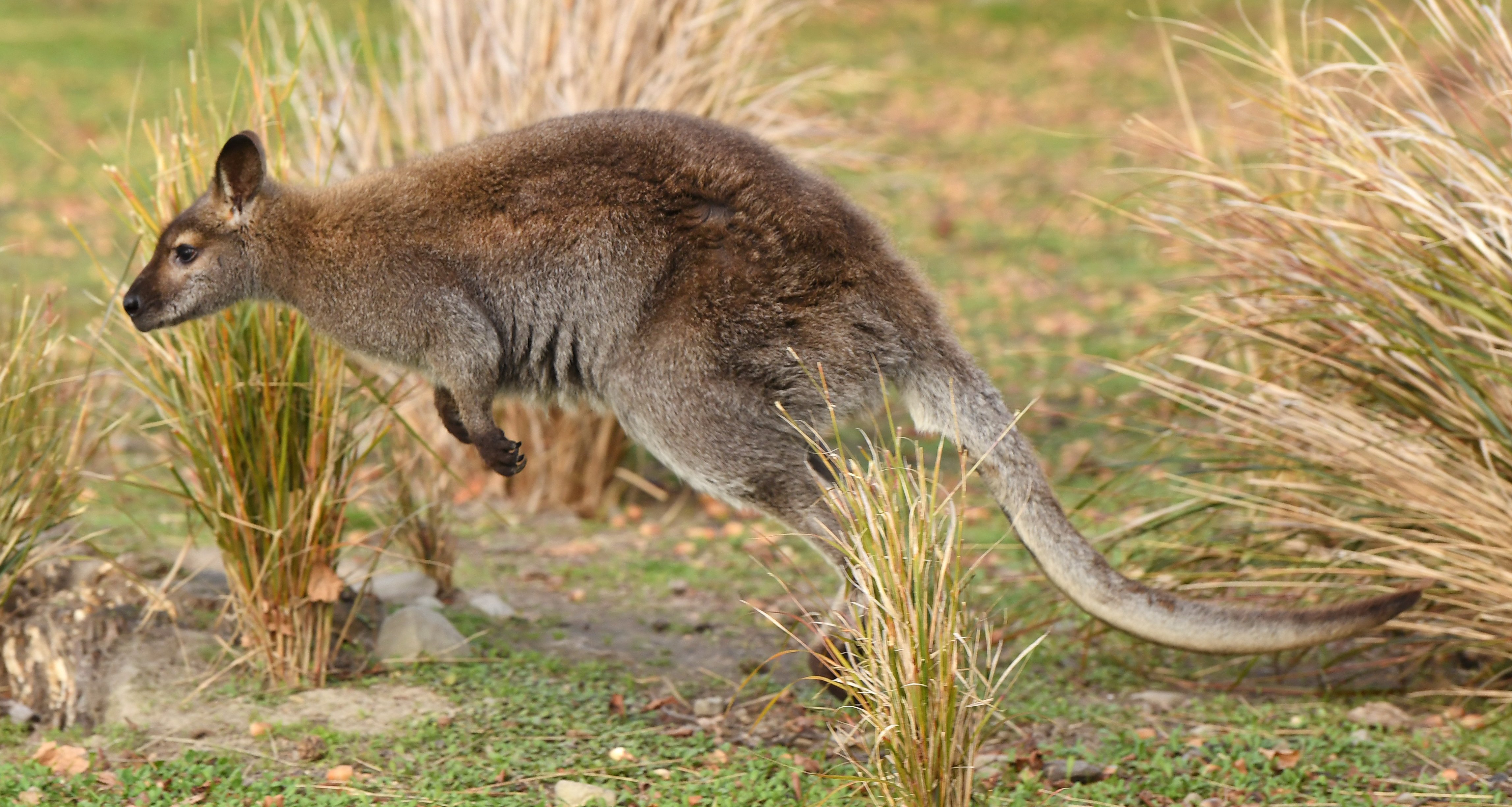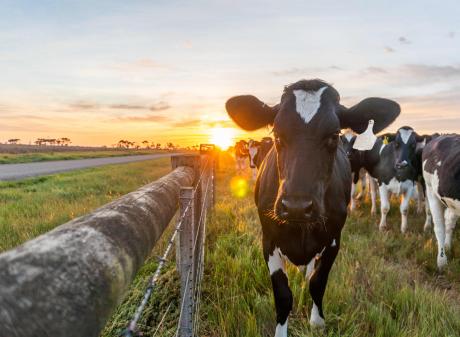
In a joint council-Tipu Mātoro National Wallaby Eradication Programme research project, 10 wallabies were collared and released to be tracked in areas of South Canterbury where wallabies were known to live in low numbers, a report to the council’s environmental implementation committee said.
In the first three months of the project, 35 wallabies were destroyed by the hunting team monitoring the spy wallabies’ movements, the report said.
Spy wallabies were expected to lead hunters to other wallabies, which were then destroyed, leaving the spy wallaby to continue to seek out more wallabies until no more individuals could be found, it said.
"If successful, this technique has the potential to significantly increase detection rates and kill rates in areas with very low wallaby density, compared to current approaches, and accelerate the eradication of Bennett’s wallaby," it said.
The trial was due to be completed by mid-next year.
The report said an Otago wallaby eradication strategy should be developed over the next year to support eradication of wallaby from the region by 2029.
Meanwhile, a work programme for wallaby control was being developed for the next financial year, it said.
It included eliminating wallaby from Flagstaff, Boundary Creek, Mt Difficulty and Waikouaiti North Branch.
The report noted the 2020-24 funding agreement between the Ministry for Primary Industries (MPI) and the council was due to expire in June.
The MPI was looking into how to renew, or vary, the funding agreement for the next financial year and onwards, it said.
A draft agreement was expected to be provided to the council in the next four to six weeks for staff to review and provide feedback.
An indicative budget of $700,000 from the MPI and $150,000 from the council was included in the council’s draft long-term plan for wallaby control, the report said.
Yet funding at that level would not support the progressive elimination of the pest animals from the region, it said.
From next year and beyond, $1.4 million would be required to eliminate wallaby from extremely difficult areas, and to survey areas suspected of harbouring undetected populations.
To achieve the council’s goals the increased funding would also be used to expand the geographical area and the time spent searching when responding to reliable public sightings and to obtain a clearer picture of wallaby distribution in Otago.
"Continued investment and intervention in the South Waitaki management unit [in Canterbury], and the Hawkdun, North Otago, Macraes-Taieri and Dunedin management units [in Otago] is critical to finding and preventing small, localised residual populations from establishing and breeding.
"It is recommended that an Otago wallaby eradication strategy is developed over the 2024-25 financial year to ensure that specific goals are detailed and progress on these is measured to support achieving eradication of wallaby from Otago by 2029."














